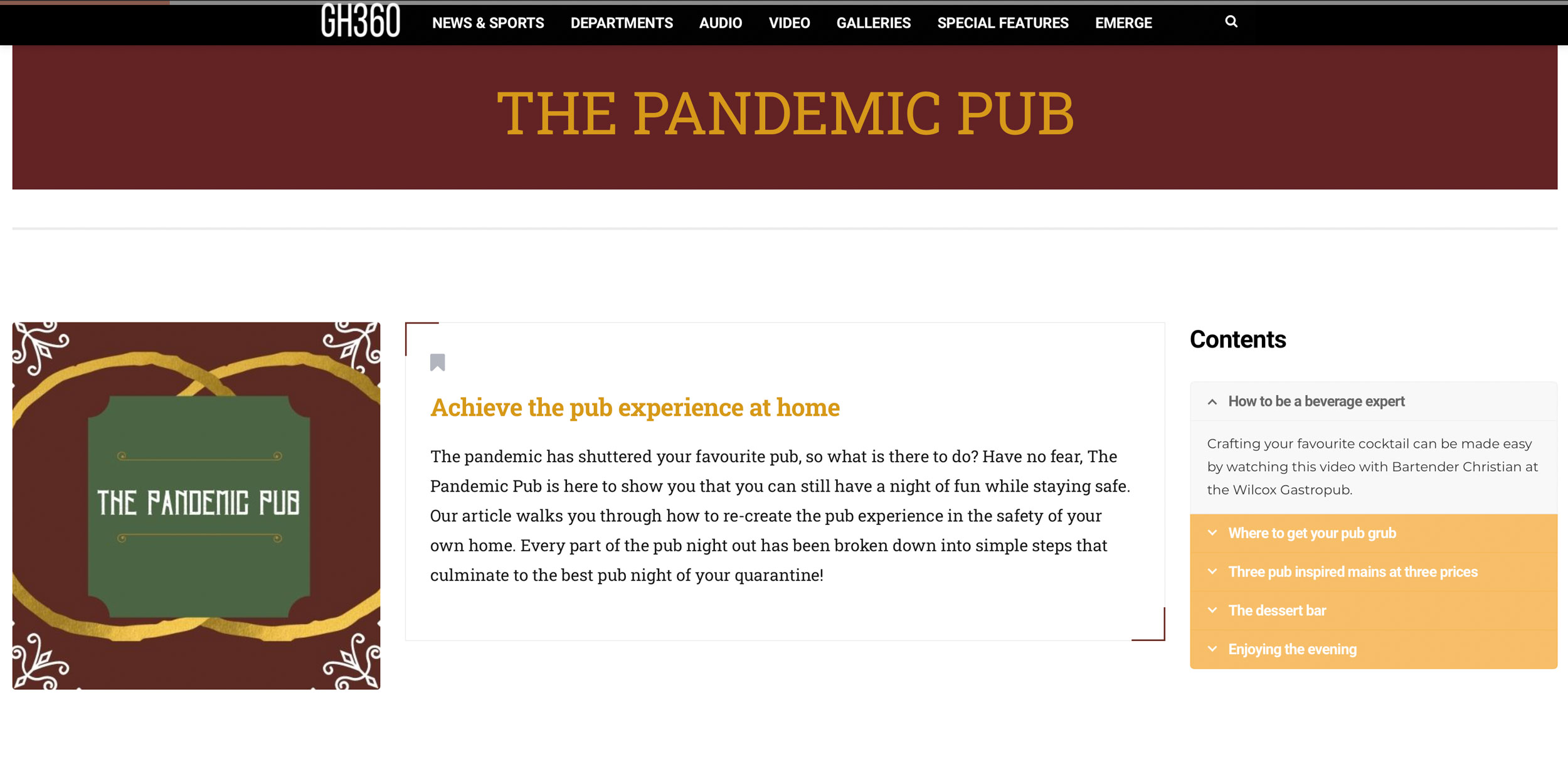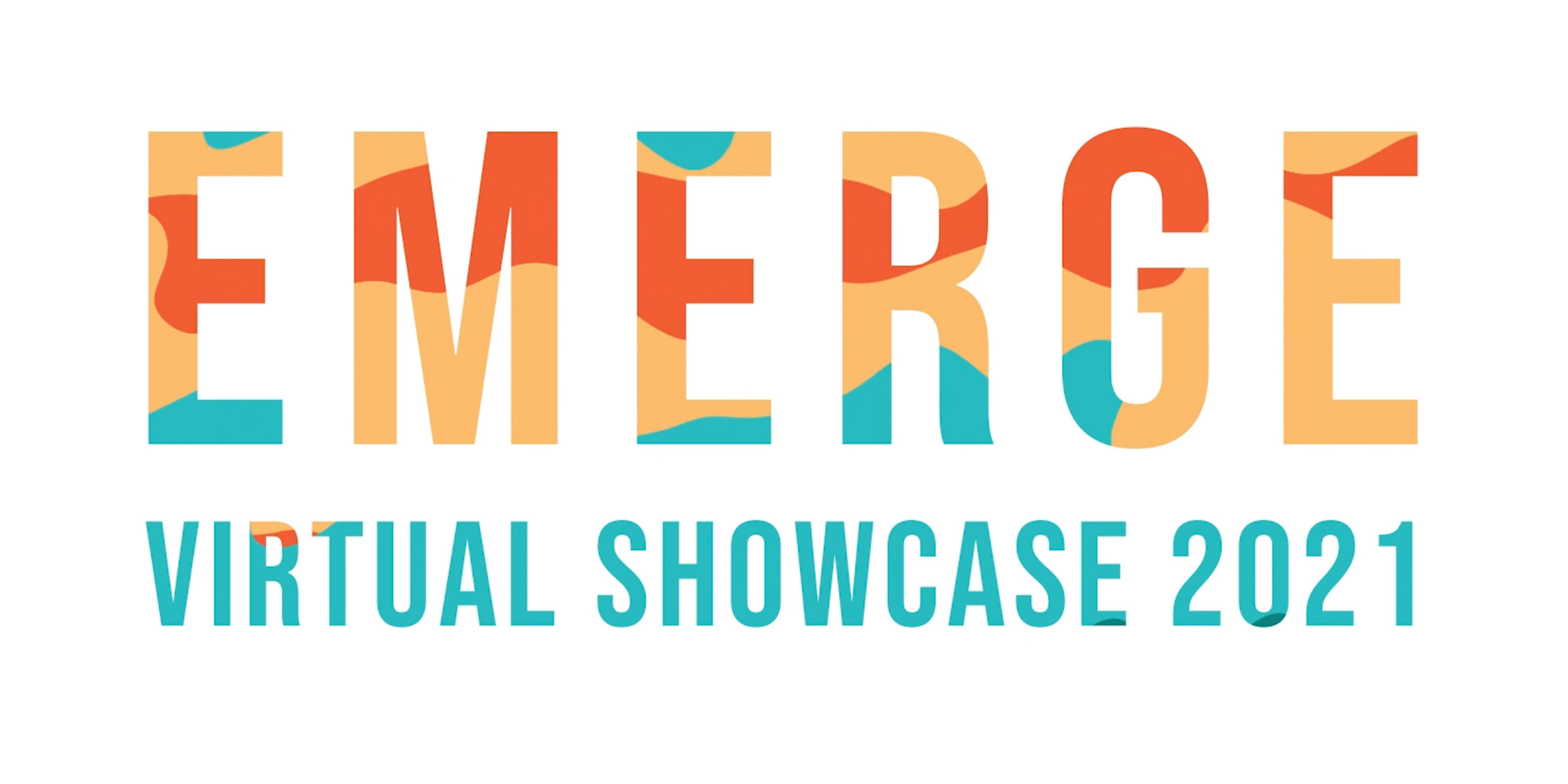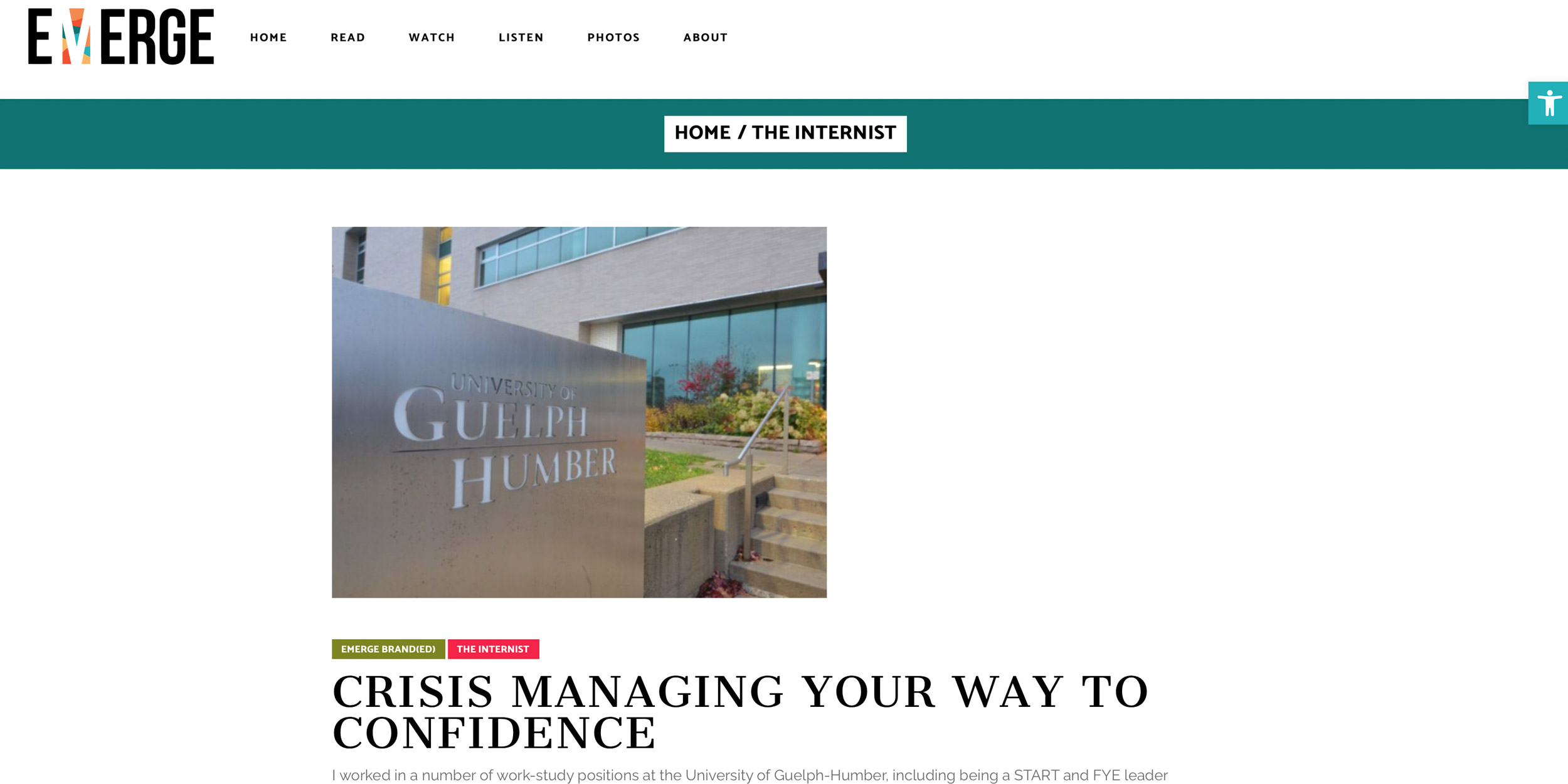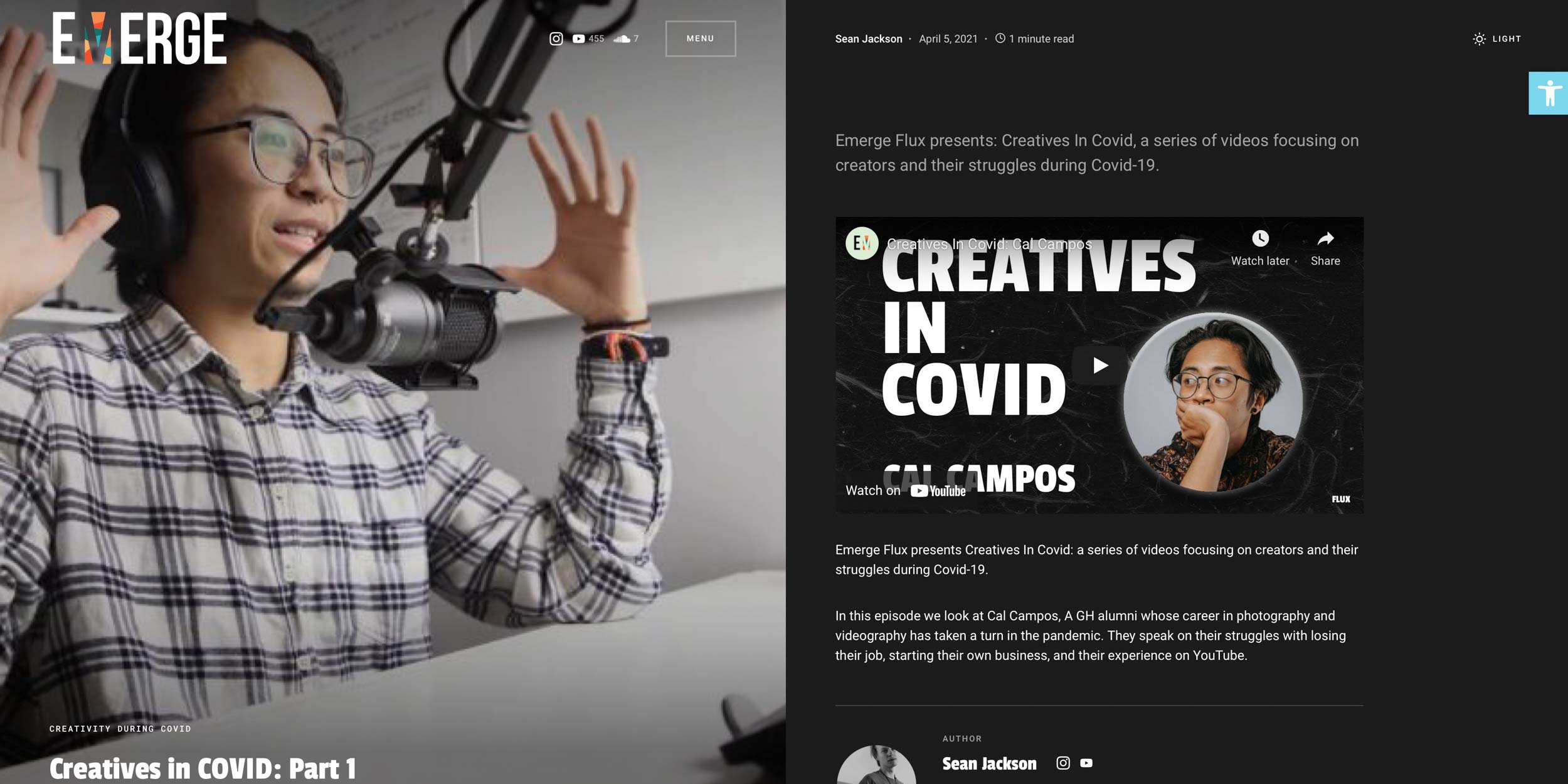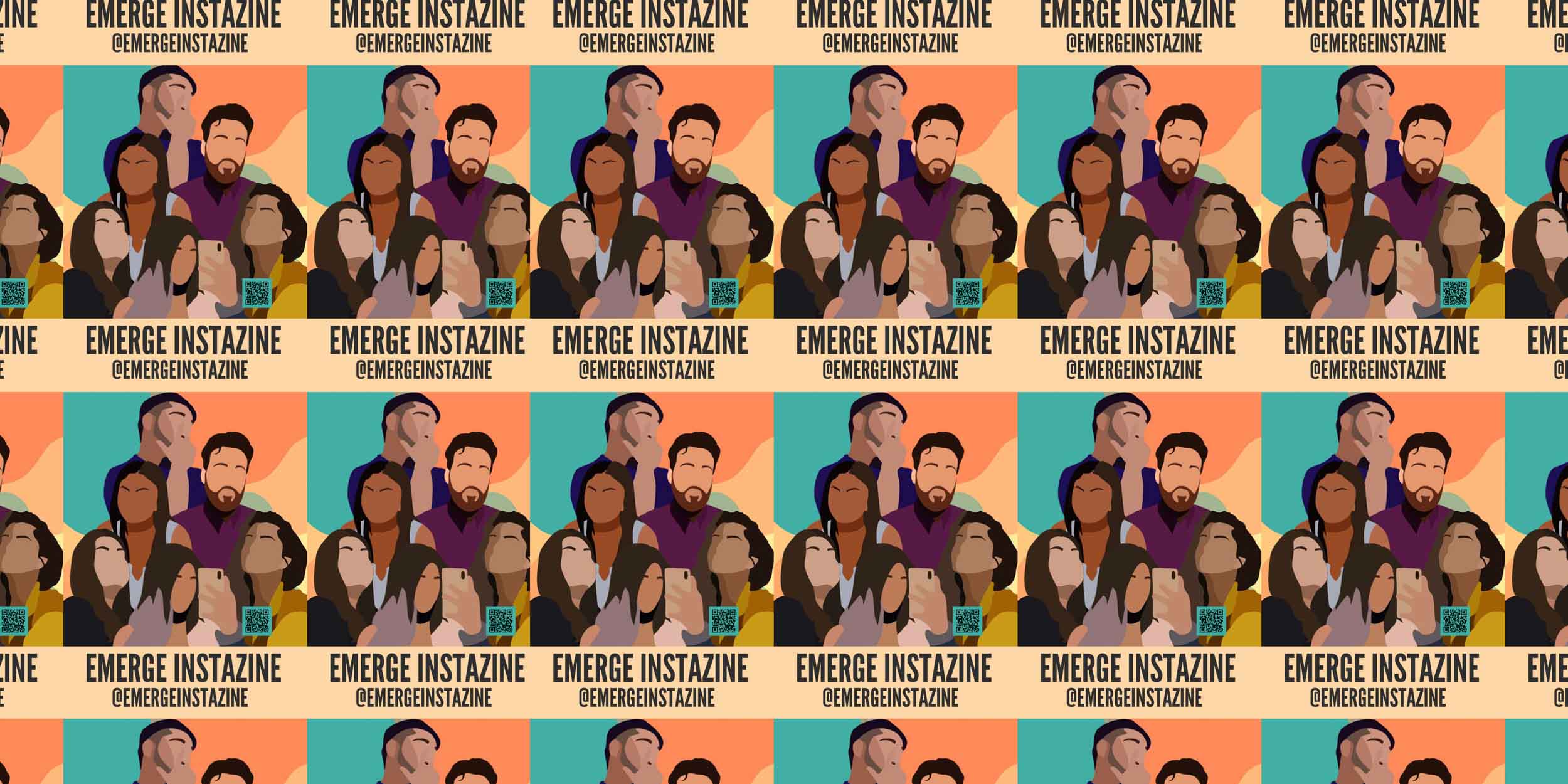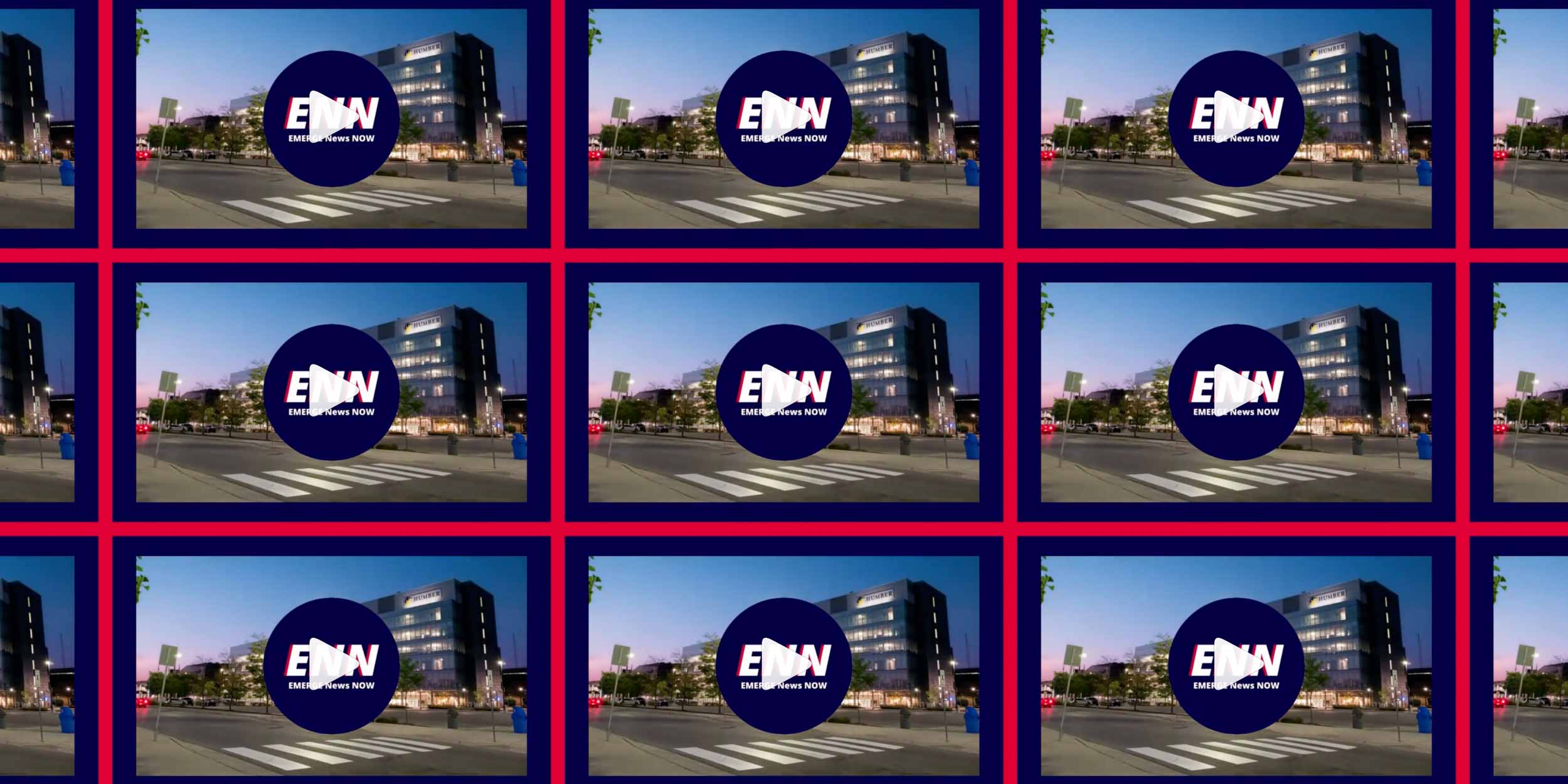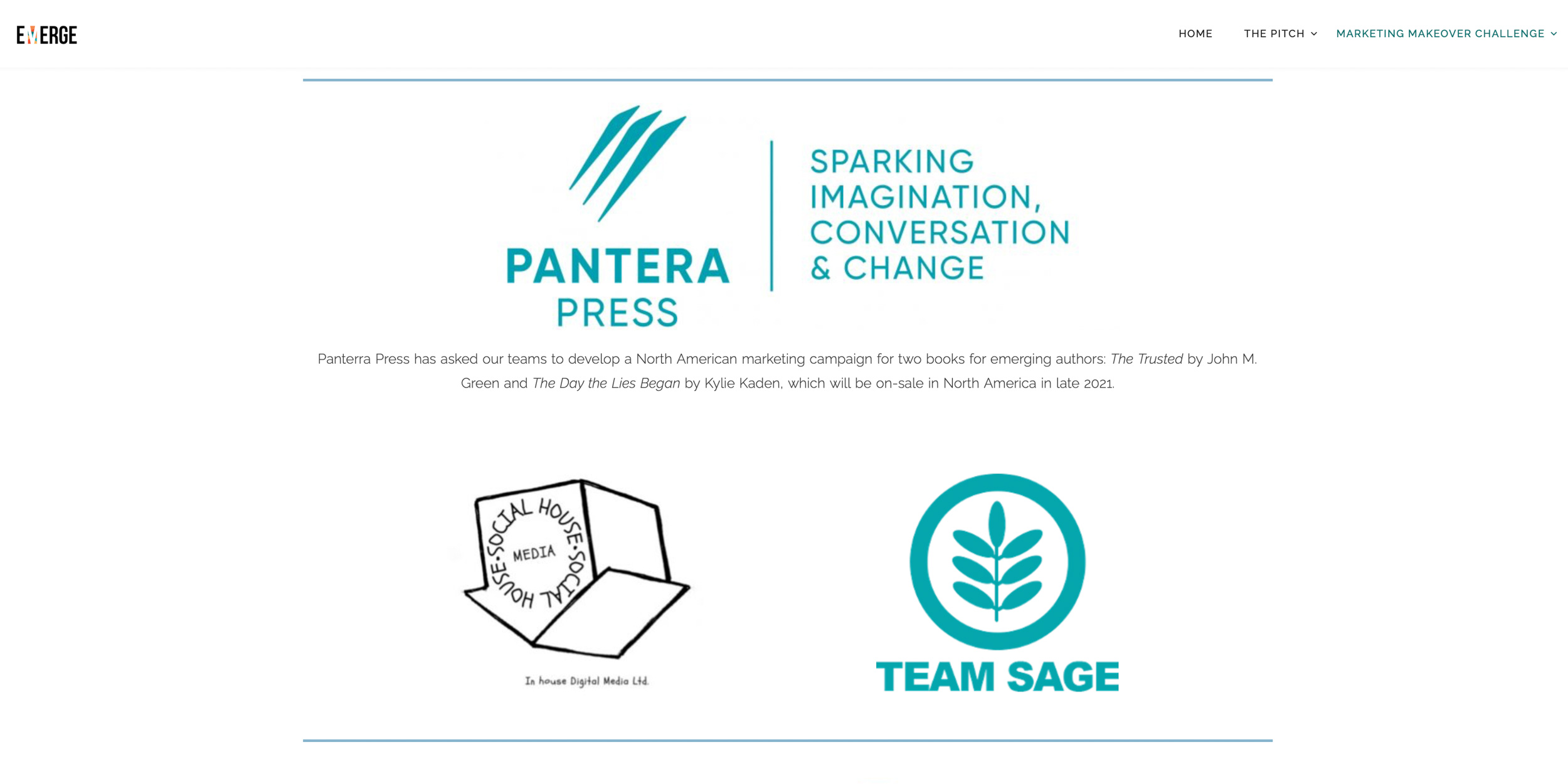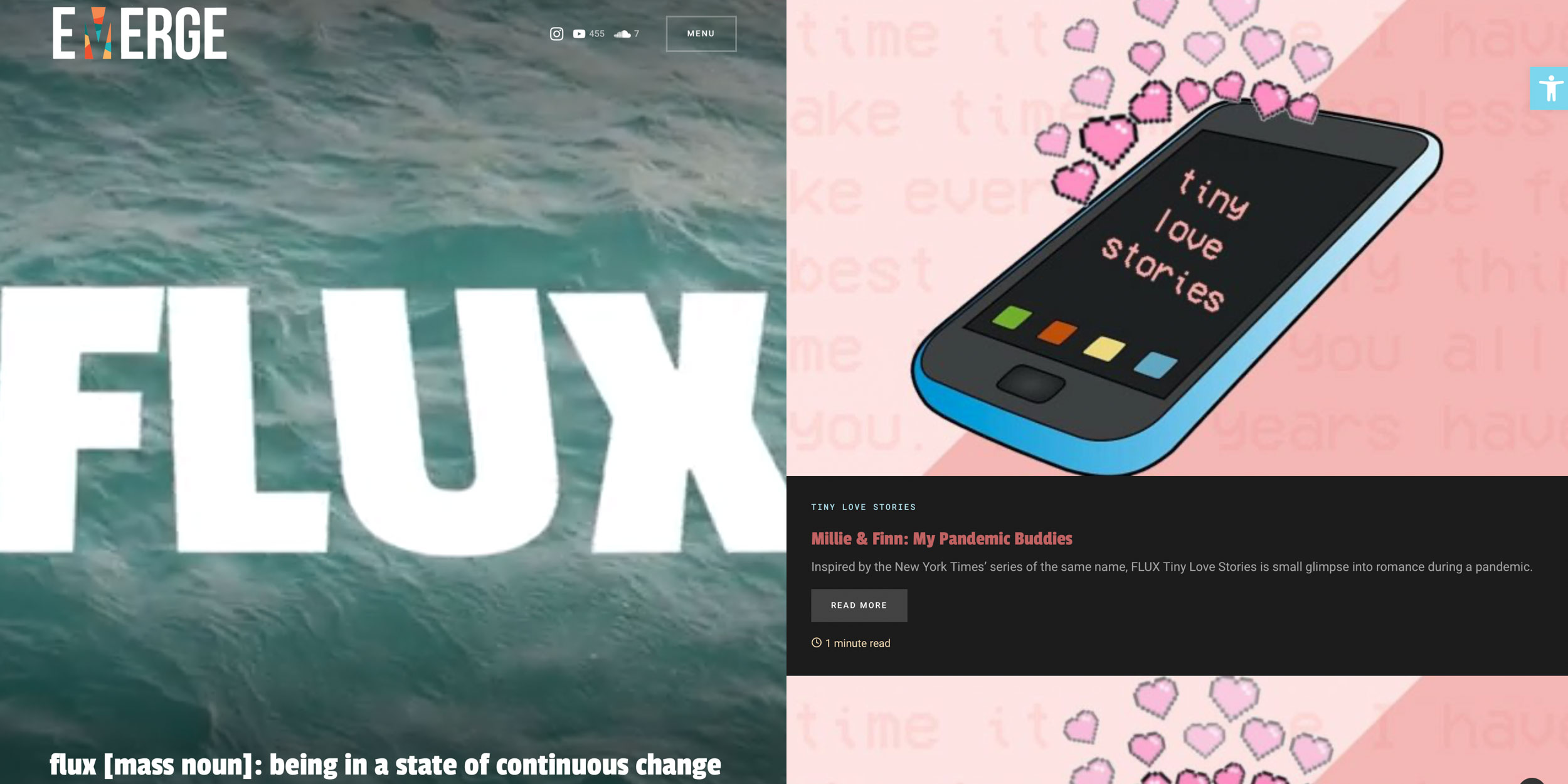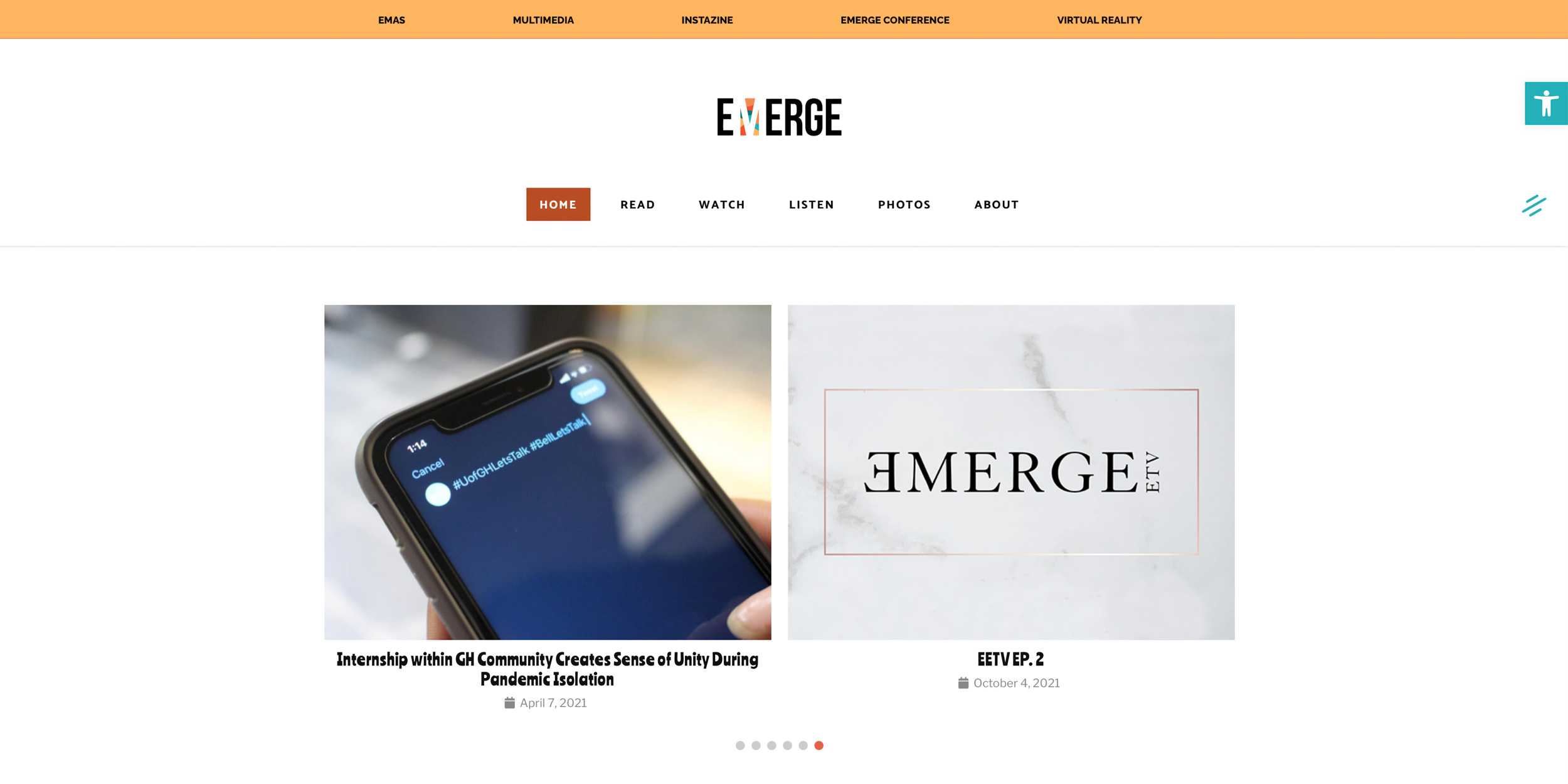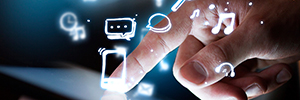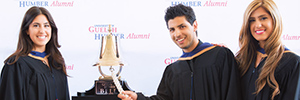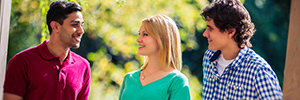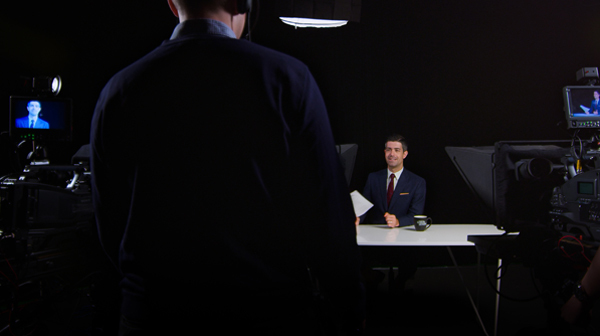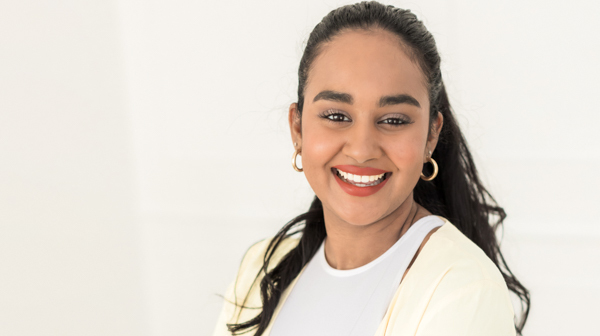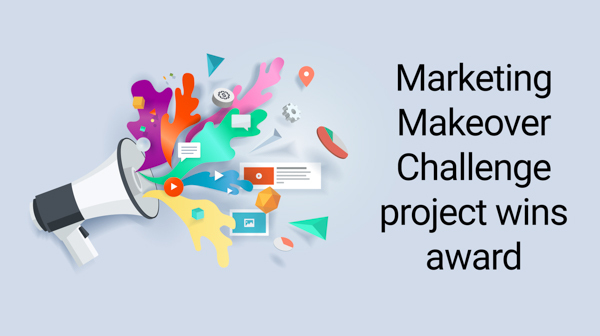- Future Students
- Current Students
- Faculty
- Staff
- Alumni
- Others
UofGH students recognized for outstanding Emerge projects
Emerge Print Magazine
Lauren Ali, Ashley Cave, Jade Encila, Noah Grossman, Jenn Moore, Emily Pantuso, Patrisha Oracion, Maciej Pawluch, Cameron Scott; Advisors: Norm Lourenco, Kimberley Noble
Finalist, Innovation Pacemaker
Associated Collegiate Press Pacemaker Awards
1 / 13
Emerge Magazine
Student leaders: Alyssa Alibaksh, Kedice Jones, Melissa Lopez-Martinez; Advisor: Kimberley Noble
Finalist, Online Pacemaker
Associated Collegiate Press Pacemaker Awards
2 / 13
“Pandemic Pub”
Luke Ettinger, Mikayla Ottogalli, John Sequiera, Ashley Cave, Lucas Damiani
2nd place, Interactive Graphic
Associated Collegiate Press Individual Awards
4 / 13
“Emerge Design”
Sahrina Aujla, Braeden Mizal
2nd place, Best Video Advertisement
Associated Collegiate Press Individual Awards
5 / 13
“The Internist Emerge Branded Native Advertising Series”
Rhys Martinez, Mylene Woehrle
3rd place, Online Advertisement
Associated Collegiate Press Individual Awards
6 / 13
“FLUX: Creatives in COVID”
Jenna Babinchak, Daniela Patricio, Francisco Torres, Sean Jackson, Michaela Wong
4th place, Multimedia Feature Story
Associated Collegiate Press Individual Awards
7 / 13
“2021 InstaZine”
Emerge 2021 InstaZine Team
4th place, Print Advertisement
Associated Collegiate Press Individual Awards
8 / 13
“Week Five Teaser Promo: Emerge News Now”
Jana David, Madison Pullara, Kylie Rooth
4th place, Best Video Advertisement
Associated Collegiate Press Individual Awards
9 / 13
Marketing Makeover Challenge: Pantera Press - SoHo Media
2nd place, Best Social Media Strategy
College Media Association Pinnacle Awards
10 / 13
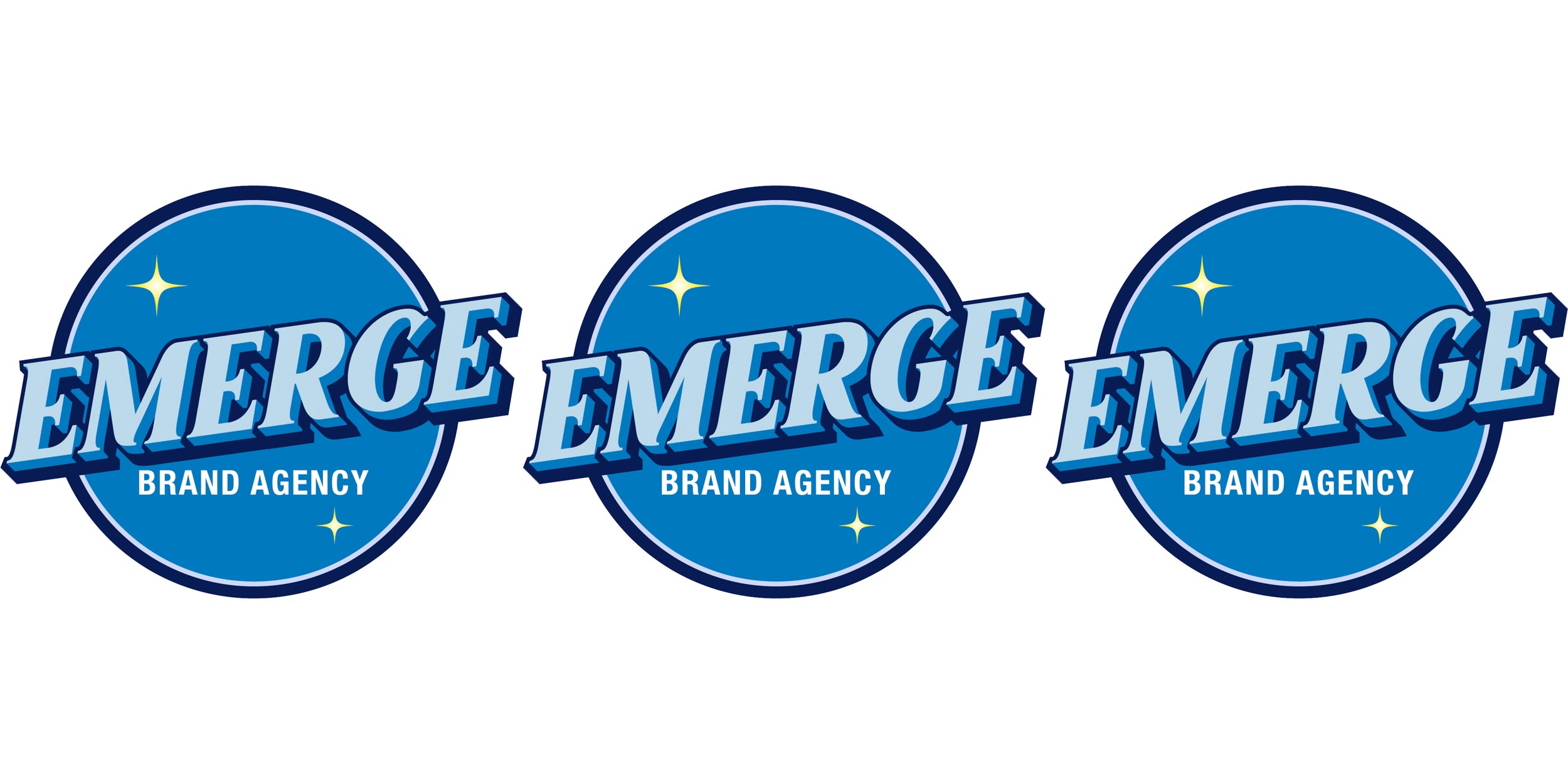
Emerge Magazine and related media projects 2021
2nd place, Best Ad Campaign
College Media Association Pinnacle Awards
11 / 13
Emerge Magazine Multimedia FLUX project
3rd place, Best Online Main Page & Honorable Mention, Four-Year Website of the Year
College Media Association Pinnacle Awards
12 / 13
Emerge, the multidisciplinary and multiplatform capstone project by fourth-year Media and Communication Studies students, won more than a dozen prestigious awards and honours for the innovative work produced in the 2020-2021 school year.
This year marked UofGH’s best overall showing at the Associated Collegiate Press (ACP) Awards, with students receiving nine prizes in categories ranging from feature photography to custom content blogging. The Minneapolis-based ACP Awards is considered one of the highest honours in student journalism.
Emerge also took home four prizes from the College Media Association's Pinnacle Awards, including second place for best social media strategy. This is the second year in a row that UofGH Media Business students received a top award in the category.
Each year, students apply their knowledge and skills to develop a range of media projects—but last year came with the added challenge of creating and collaborating completely virtually.
“The COVID-19 pandemic meant that students had to be even more creative in the way they envisioned and tackled the tasks we put on their plates in fourth year, which is to imagine, pitch and run a "lean media start-up", from start to finish, across as many platforms as instructors and students decide each year are the most engaging as well as relevant,” explained Kimberley Noble, Media and Communication Studies faculty member and the multimedia journalism advisor to Emerge Magazine.
Despite the obstacles of working in an online environment, the students’ creativity and dedication resulted in another year of successful projects.
“The story that I see in the 2021 awards is one of student perseverance and ingenuity during a really tough period,” Noble said. “It's still incredible to think back and realize that no two students were ever in the same room, and yet they pulled this off. It is a great testimony to the relationships that Media and Communication students are able to build with one another—and, I should add, with their instructors—during their years at Guelph-Humber. All those hours together in a small-cohort program forged a remarkable and resilient team."
This year’s recognitions add to a growing number of accolades. To date, Emerge has received 395 awards, citations of merits and honourable mentions, including 62 first place and top organizational and project awards. These top awards include nine Crown Awards—eight of which are Gold—from Columbia University’s Scholastic Press Association for excellence in multimedia magazine journalism.
We chatted with a few of UofGH’s newest alumni to learn more about their experience with Emerge.
The project: In 2016, UofGH was among the first universities to launch an Instazine a digital magazine consumed through Instagram. This year's team brought together photography, videography, graphic design, writing and social networking to capture a year like no other. With an overarching theme of COVID-19, the Emerge Instazine explores living and adapting through a global pandemic, with content showcasing fashion, music and local artists.
The Instazine team won 4th place for Print Advertisement at the Associated Collegiate Press Individual Awards.
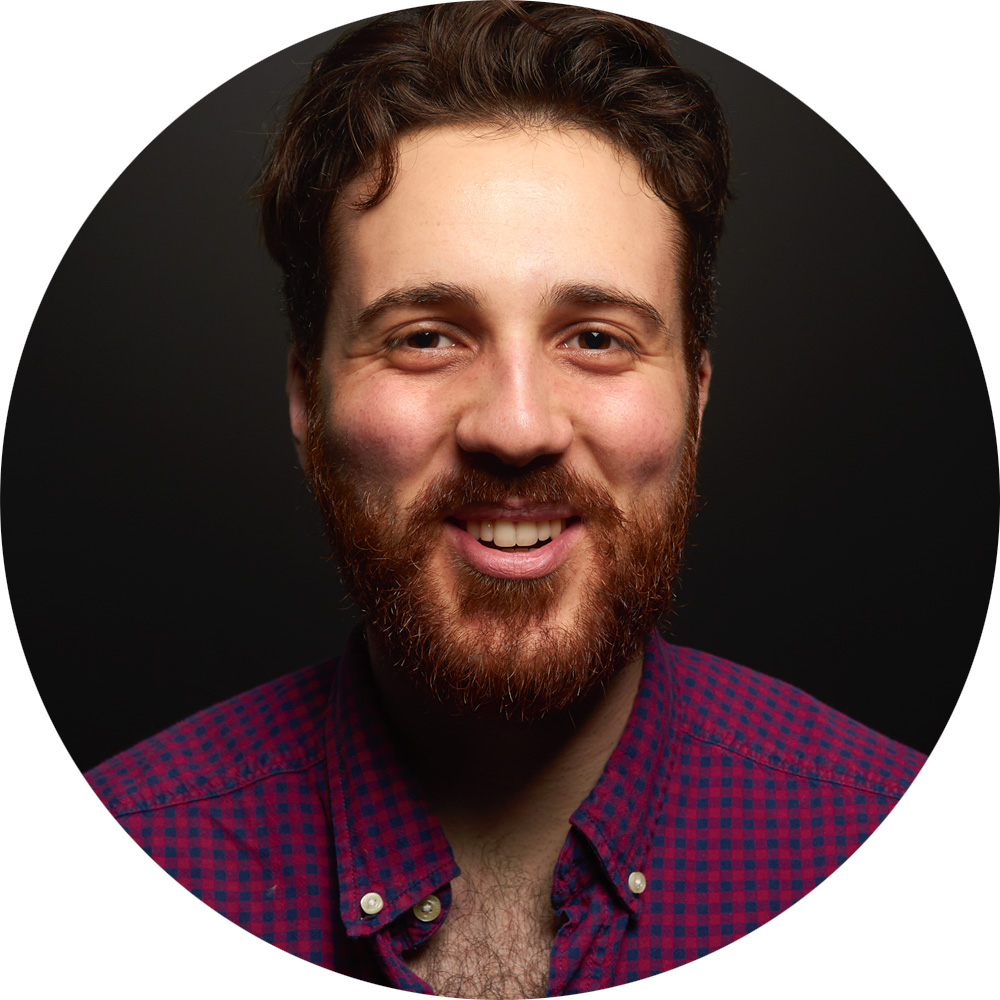
Photo courtesy of Zachary Guberman
Name: Zachary Guberman
Program: Media and Communication Studies ‘21 (Specialization in Visual Communication)
Role: Co-Lead
What was the experience like creating a project about COVID while you were working through the pandemic yourself?
It was definitely interesting to do it online. I found Zoom wasn't too hard. We could all share our screen, so it was more or less like we were all together in our respective homes. Everyone showed up exactly when we needed to, and everyone got everything done. We made sure that even though we weren't in person, we respected each other’s time. So the overall collaboration went really smoothly. And I have to say doing Emerge definitely was the highlight of my year. It's what got me excited to go to class and be in school. It was a great time.
Your team got recognized with an ACP Individual Award for your print ad. How did you come up with the concept for your ad?
We wanted a big, bold "hello, we're here". We were looking through the rest of the Instazine and noticed that every year they would make a banner that said “Emerge” with the year. But I think we wanted to put our footprint on the Instazine, almost like a time capsule where it's like, “This is us. We're here. This is the team of 2020-2021.”
Our graphic designer Louisa, who is incredible and without her we wouldn't have had such good visuals for a lot of our things, crushed it. We wanted to be able to have our faces on it but with more of a graphic twist. We were pitching things, coming up with ideas and looking at other references and designs. For the ratio, at least for the Instazine, we needed it to fit within a certain border. So from there, we decided let’s layer ourselves almost like a triangle. It was almost like a tower that you see in so many different events, like UFC, where they'll usually stack people. We were going in that realm. We had different versions, and then slowly we were just nitpicking. We finally came up with this last one, and it matched our color scheme as well. That's how we came up with that printout.
What is the biggest thing you learned from working on your Emerge project?
I think the biggest thing I learned from Emerge is you have to give yourself more time than you think. We came up with a schedule that we knew would work for us, where we had enough time to do everything but not be extremely stressed because at the moment, during COVID, we didn't want that stress.
And then for the Instazine, the biggest thing was learning how to manage everybody and making sure that everybody was on the same page. It was a majority vote. If the majority liked it, then we would use it. But if someone's said, “I like it, but I think this can be changed,” we would take that and ask the person to explain why. Then if it made sense, we changed it. So definitely just learning how to communicate and, as one of the leads, manage everybody so that we were able to create a great product.
I also think setting expectations right away was what made our team so successful. When we first started, on our first Zoom call, we said, “Hey, I really want to make this the best it can be with what we've got.” And I think that because of that and everyone setting their expectations and showing that enthusiasm that we were able to succeed and enjoy our time. Everything came about, but for us, we were enjoying the whole process, and I think that was a really great thing.
How would you sum up your overall Emerge experience?
I would sum it up as a really great way to end my undergrad career.
The project: “Your Journey Starts Here,” the 2021 edition of Emerge Magazine was developed in a completely remote newsroom. Amidst an increasingly virtual world, the team advocated to create a print publication—something that could be held, flipped through and displayed. With the goal of engaging prospective media students, Emerge Magazine explores working in the field of media and highlights successful UofGH alumni.
The Emerge print magazine was a finalist for the Innovation Pacemaker at the Associated Collegiate Press Pacemaker Awards.
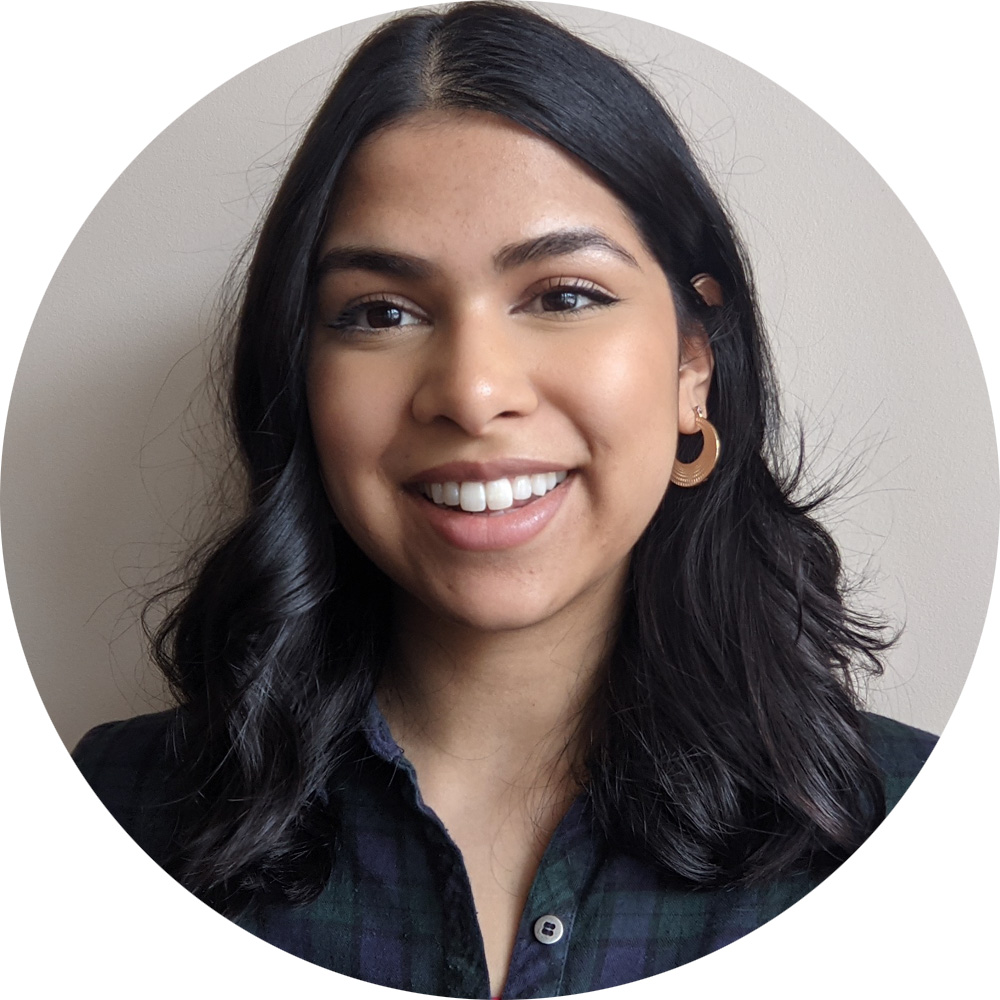
Photo courtesy of Lauren Ali
Name: Lauren Ali
Program: Media and Communication Studies ‘21 (Specialization in Journalism)
Role: Co-Editor-in-Chief
After all your hard work, what does it mean to be recognized by the ACP?
It feels really good to be recognized. I think just finishing the magazine in general was really rewarding. We started thinking about the concept of the magazine in December, and we actually got the printed copies in June. We were still working on it I think a couple days up to graduation.
We were the only Canadian school that got recognized for our publication for an innovation award, so that was really great. I think it's a lot more solidifying, and you feel more legitimate. It's something that professionals are looking at and saying, "This is something that's really well done, and it deserves to be recognized." So that was a good feeling.
What is the biggest thing you learned from working on your Emerge project?
Be patient with yourself and with others. Even though we're a small team, we all were respectful of each other and each other's opinion and time. There are always moments where you're going to butt heads. I think Jade and I did experience moments where we had to put our foot down at times. It's hard to tell someone that you want to change what they're doing, especially after they put in so much work. The art directors and the layout and design team were incredible for being very receptive of feedback.
Also just believing in yourself—I think we don't give ourselves enough credit for the work that we do. So just knowing that you actually do have the skills to do something and do something great. And now I have something that I can put on my bookshelf, look back on with pride and hopefully show my kids one day and say, "Your mom did something cool."
I also want to recognize the team: Jade Encila, Ashley Cave, Noah Grossman, Emily Pantuso, Jenn Moore, Patrisha Oracion, Maciej Pawluch and Cameron Scott. Everyone was incredible and should be extremely proud of what we created. A big thanks to Kimberley Noble for always pushing us and helping us through the process, and to the alumni from the previous year (Emma Siegel, Amanda Naccarato, Alyssa Alibaksh and Melissa Lopez-Martinez), who did Emerge and got their publication cut off because of COVID. They were amazing, so a big thanks to them for helping us get it done.
You also created a fantastic multimedia project, Curry in a Hurry, in 2020. What was the experience like working on that project and how did it shape your journalism skills?
Working on Curry in a Hurry was a lot of fun. I remember for the assignment we had to write a service story and it had to be something tangible that the reader could use. I wanted to do 'The Best Roti Near Guelph-Humber' because it meant we could eat a lot of roti and being Caribbean, it was an exciting prospect to me. I worked with Gary Levy, Ashley Brown and Jade Encila on the project. Three of us were from Caribbean backgrounds but all four of us deeply loved and appreciated roti so we pursued the idea. We bought roti from four roti shops, tried each one on camera and gave them ratings from one to five based on taste, customer service and distance from the school. Gary edited the video footage, Jade designed an interactive map to show how far the roti shops were from the school and a quiz on how to build your own roti, and Ashley and I did the web copy and research.
Working on a multimedia project helped round out my journalism skills. Often when I think of journalism, I think of news writing and reporting but there is also magazine writing, which is a completely different model than the classic hard news story. There are so many ways to tell a story through interactive elements like quizzes, photographs or video elements, and it was exciting to have an opportunity to explore another avenue of journalism. As a student, learning how to do a little bit of everything like video editing or web design is a huge asset because employers want a candidate who can perform multiple duties and by working on Curry in a Hurry, I had a chance to do that.
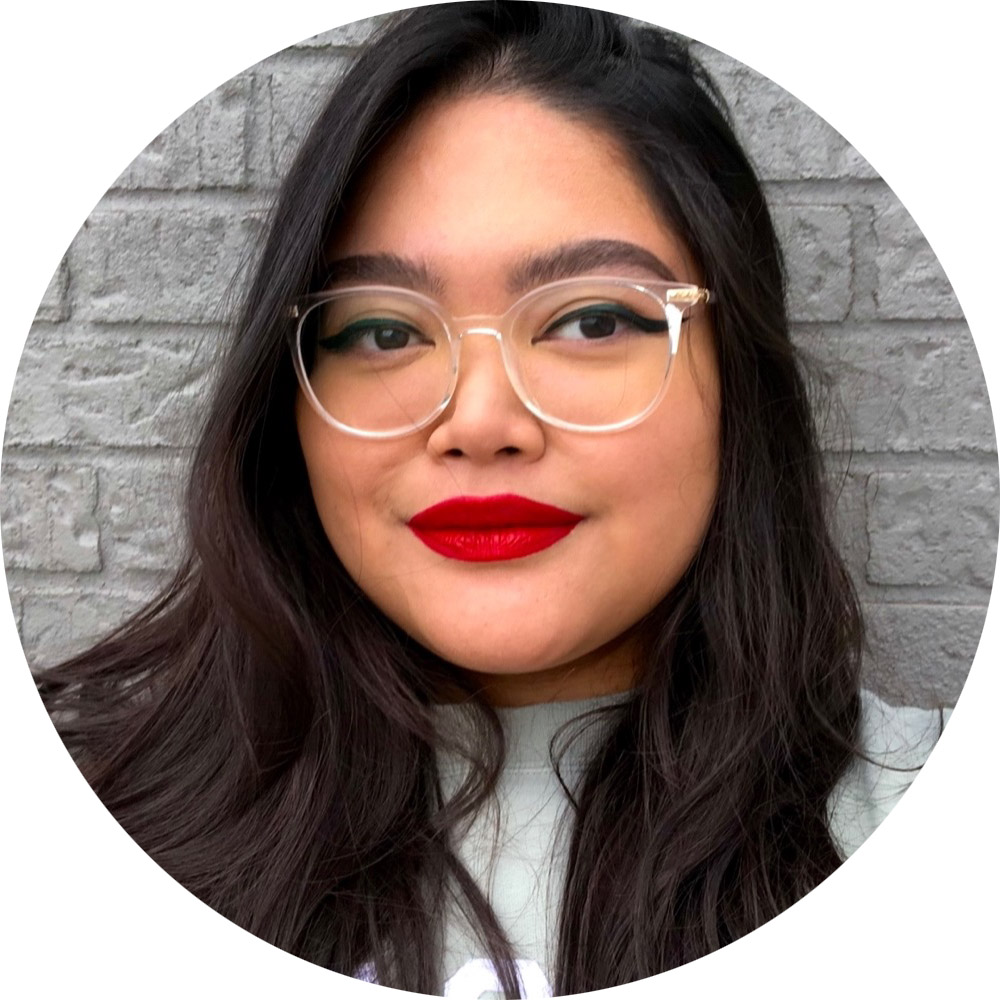
Photo courtesy of Jade Encila
Name: Jade Encila
Program: Media and Communication Studies ‘21 (Specialization in Journalism)
Role: Co-Editor-in-Chief
How would you describe your experience putting together Emerge Magazine?
The experience of putting together Emerge Magazine was definitely both a whirlwind and a challenge. It was definitely the highlight of my university career. There were lots of late nights, a lot of compromises and tough decisions that had to be made but, at the end of it all, I think myself and the team are incredibly proud of the final product.
Emerge Magazine was recognized for its innovation. What do you think was the most innovative part of the project?
The most innovative part of Emerge Magazine was the sheer fact that it was made in an entirely remote environment. After being in lockdown for so long and not having seen my peers in over a year, I think making a magazine was something we truly did not think would be possible. However, we wanted to create something tangible, something physical that we could all have a copy of at the end of the term to connect us back to one another, and something that could give us a semblance of normalcy. Having to create something physical without ever being in the same room as one another was innovative in itself and was no ordinary feat.
After all your hard work, what does this recognition from the ACP mean to you?
Being recognized by the ACP makes me extremely proud and made the entire process and journey of creating the magazine well worth it. In a time where the majority of our media consumption is dominated by digital subscriptions and the era of the internet and instant gratification through our phones and devices, I think a lot of people forget the power of print—so to be recognized for our efforts of making an actual physical magazine means a lot to me and people who believe that there is still value in traditional print medium.
What was the biggest thing you learned from working on your Emerge project?
You can’t control everything. There were a lot of stories, photos and ideas that had to be left on the cutting room floor. Especially when you take a group of individuals, all with their own thoughts and visions, it is extremely difficult to find a middle ground, but as Co-EiC that was part of my role. Putting my foot down and standing my own ground was difficult because everybody had great ideas but there was only so much we could include within 50 pages. I had to learn when to pick my battles and when to let things go. The biggest lesson I learned was that I can’t control everything and that nothing will be 100 per cent perfect at the end of the day. Emerge Magazine was a compilation of all of our best efforts, and I will admit there are some things I personally would have chosen to include or leave out. I also learned a lot about leadership and what it means to be a good editor. A good editor not only corrects your mistakes, checks for grammar, structure, etc., but also guides the writer and helps them throughout the entire journey of a written piece.
You also worked on a fantastic multimedia project, Curry in a Hurry, in 2020. What was your experience working on that project and how did it help prepare you for working on the print magazine?
Curry in a Hurry was definitely one of the most exciting and fun projects I worked on during university. That multimedia project helped me blend two things I love the most: art and storytelling (which is an artform I believe in itself). Multimedia work really lets you bring storytelling to life by utilizing different forms of storytelling elements and makes not only a visually captivating piece, but also keeps your audience engaged. It was a really fun and interesting experience seeing our idea, that stemmed from being hungry and tired in class one day, turn into something that we are incredibly proud of today.
The multimedia project was a glimpse into what it would look like to have to collaborate with other minds on a collective piece and decide on what or what not to include. Curry in a Hurry helped me understand the importance of teamwork and the value of leadership and collaboration.
The project: With the challenges of taking photos during the pandemic, Jack Bender set off to compile the Emerge Sports Image Bank, a collection of licensed images that students could use in sports stories. The Sports Image Showcase includes highlights from the 200+ photos Bender compiled, with images capturing athletes' moments of joy, triumph and determination prior to and throughout the pandemic.
“Before the kids went back to school," part of the Sports Image Showcase, won 2nd place for Feature Photograph at the Associated Collegiate Press Individual Awards.
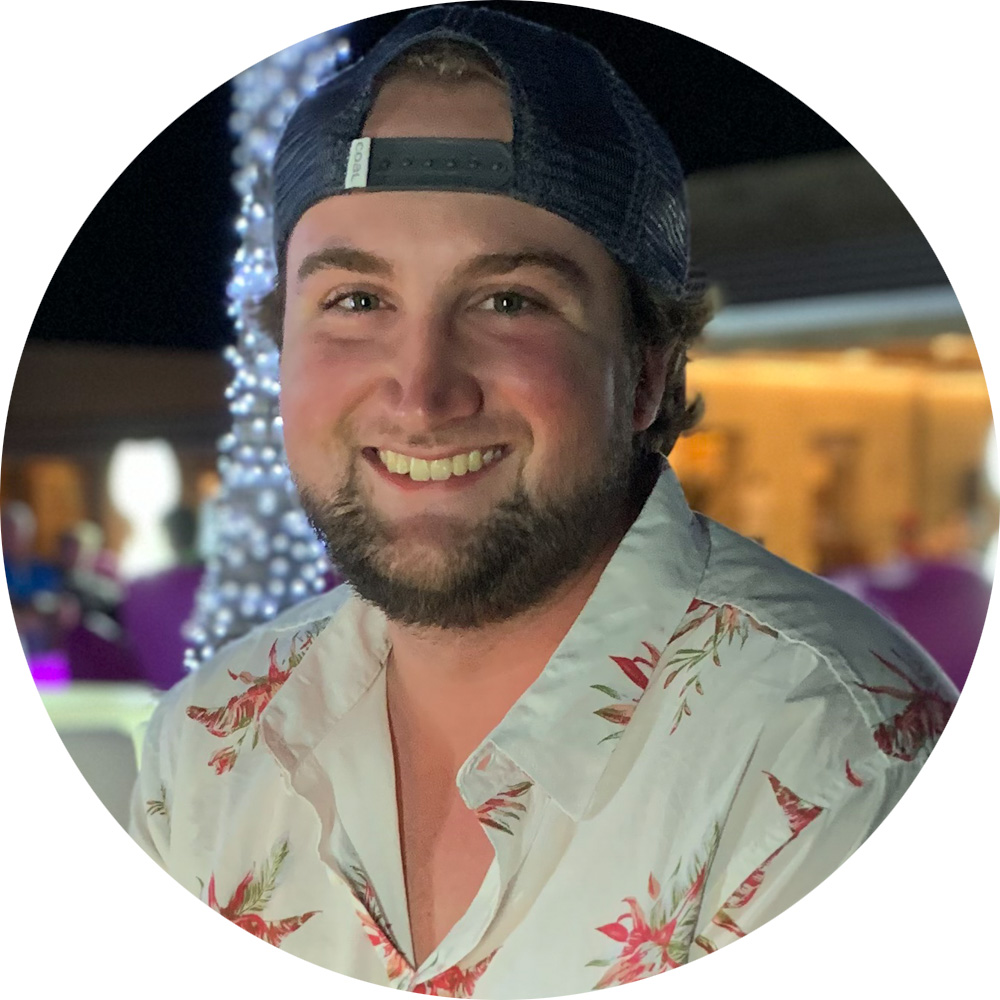
Photo courtesy of Jack Bender
Name: Jack Bender
Program: Media and Communication Studies ‘21 (Specialization in Visual Communication)
Can you talk a bit about your award-winning photo and how you captured it?
I shot that photo [at Sauble Beach, Ontario] just prior to heading back to school. It's for the sport known as skimboarding. It’s a summer sport and exactly the same as skateboarding but just on the water. At the time, I was working with a brand called Kayotics Skimboards, which is actually featured in the photo itself. It was one of our product shots. A couple weeks later I took a different position, and I was no longer working for them, so the photo never ran. With the Sports Image Bank, Kimberley [Noble] and I talked about the aspect of not having sports to go out and take photos of. She mentioned to look back at anything else I have shot, and that was one of the key images that I've always wanted to use and share.
What was your experience like taking photos during a pandemic and how did that compare to pre-COVID?
It was a little different. I worked for Humber College Athletics shooting photos for them the year prior to COVID. I was hoping to go back for them for a second year but that wasn't the case with COVID. Through the winter, since you were only allowed to really be with five people, I had my roommate and two of our good friends who were snowboarders, so we would go out and I would shoot photos for them most of the winter. Instead of working with multiple people, I ended up only working with three athletes through the wintertime and got to document their snowboarding for the season. Having my roommate and two of my good friends be a part of the project was fun.
When did you develop your interest in sports photography?
I started after getting out of team sports. Going into high school, I started really getting into board sports. Thrasher Magazine and those key skateboarding magazines always interested me—instead of being the athlete, being behind the camera and actually getting to capture the sports in motion. You have to know timing and when is the appropriate time to take the photo or video compared to, say, capturing a sunset. It's a lot different, and I just found it fun. Not every photo turns out great and some do, but most of the time it takes a while to get that one good photo.
How does it feel to get this recognition from the ACP for your work?
It was definitely a really good feeling, and on top of that, it was a photo that I never thought would actually get used or run in anything, so it turned out to be kind of a blessing in disguise.
What has been your biggest takeaway from the Media and Communication Studies program?
The diversity of the program, touching on everything from web design, graphic design, photography, videography, journalism, has really diversified my portfolio. I've worked as a communication specialist, and I am currently working for Digital Main Street. My job is to connect with businesses in the area and help them with social media and websites, along with photography, videography and graphic design. The Media and Communication Studies program set me up greatly for this. When I first went into it, I wanted to go in for videography and, coming out, I feel really good about everything I've learned, and I've been able to apply it to a full position instead of just videography.
Learn More About


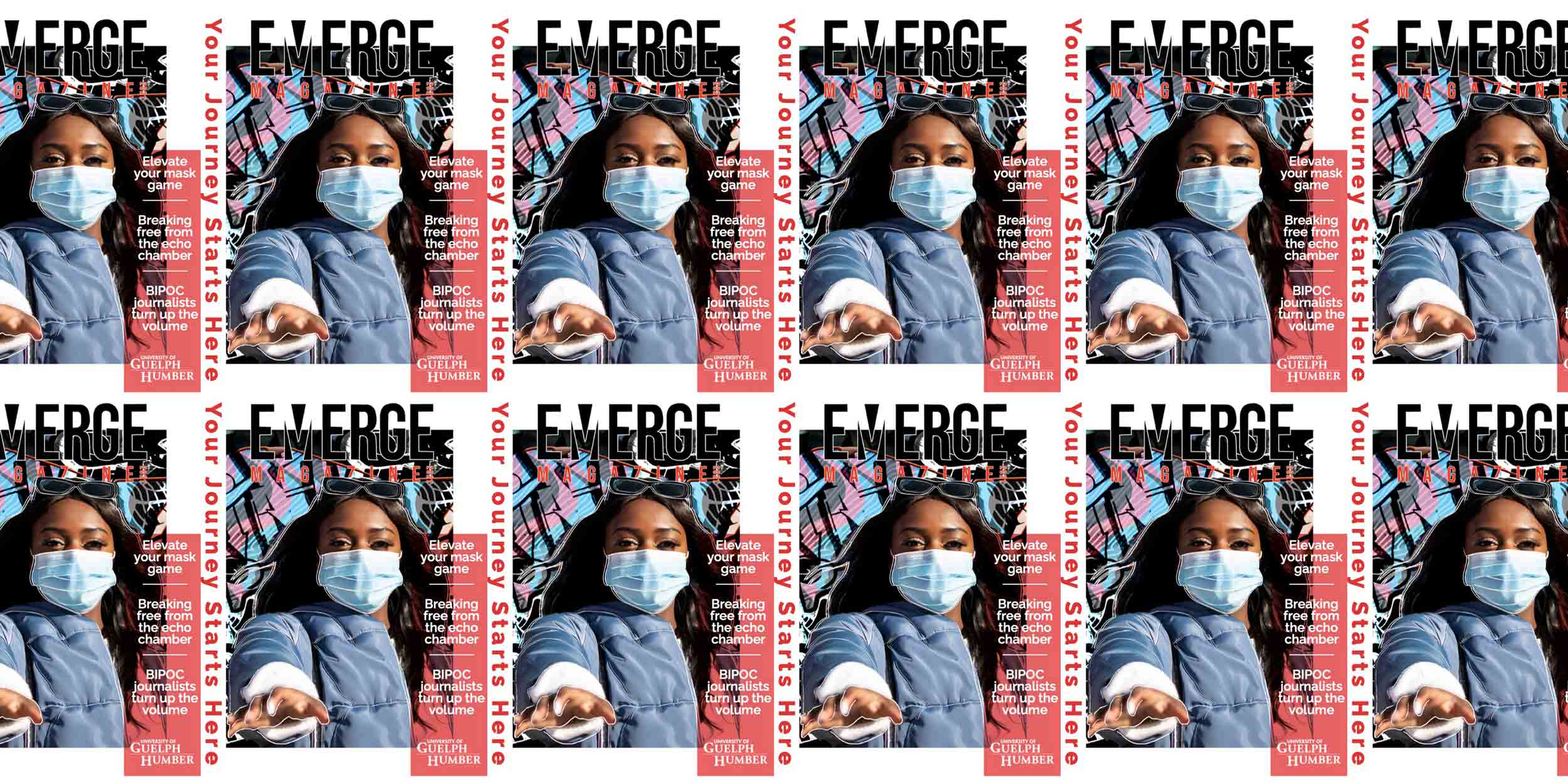
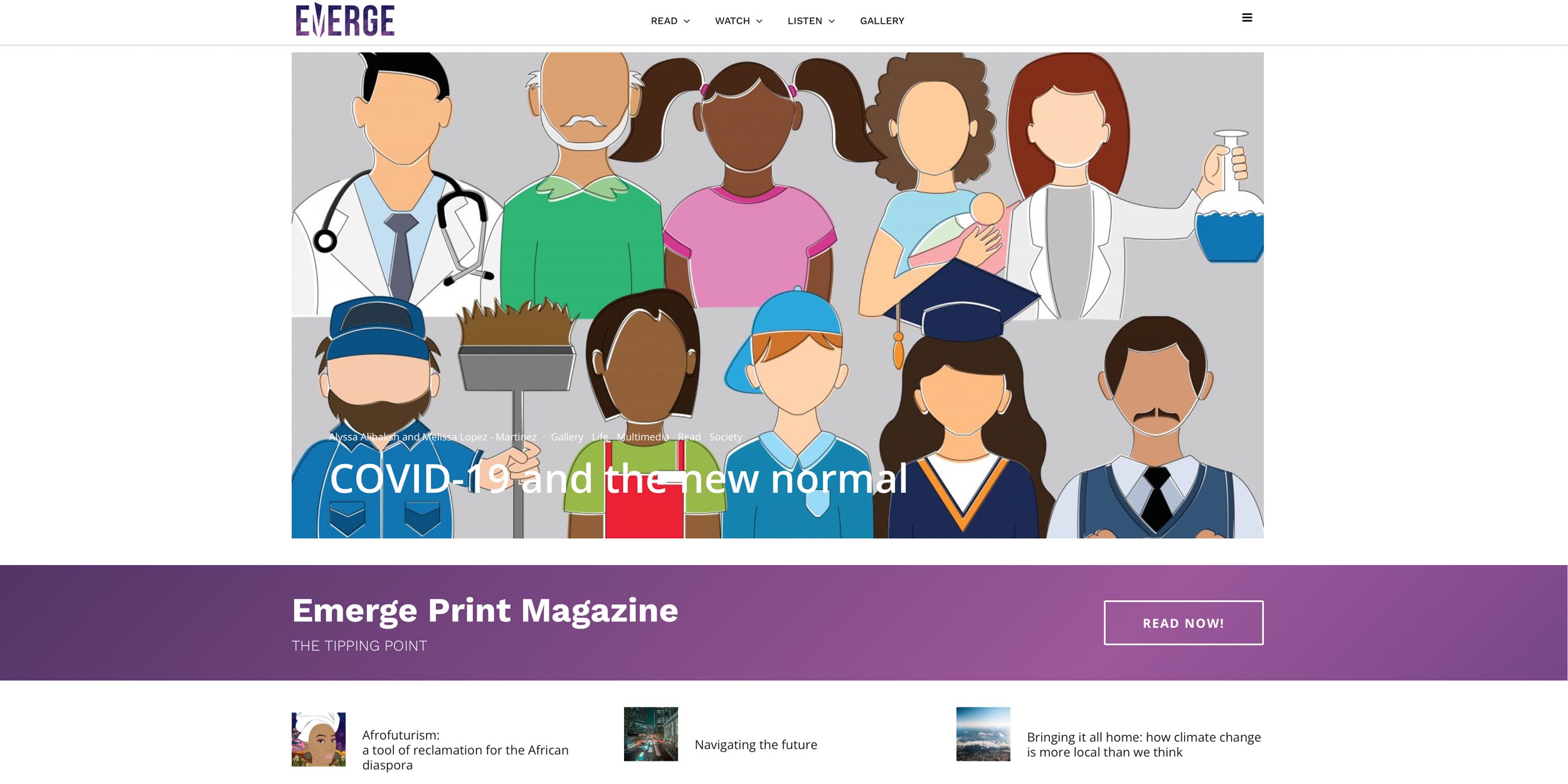
.jpg)
